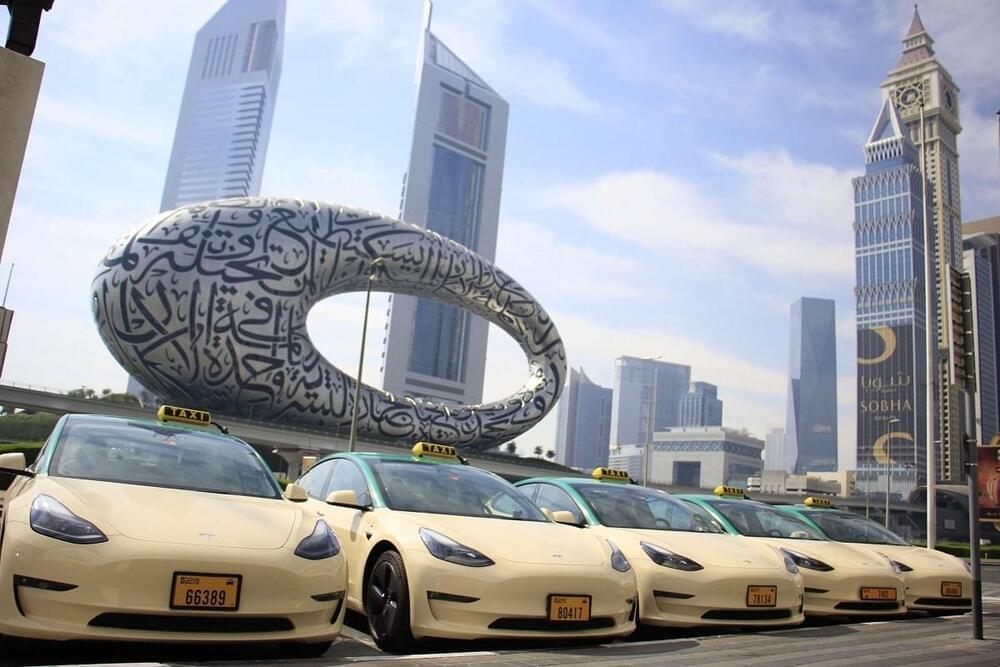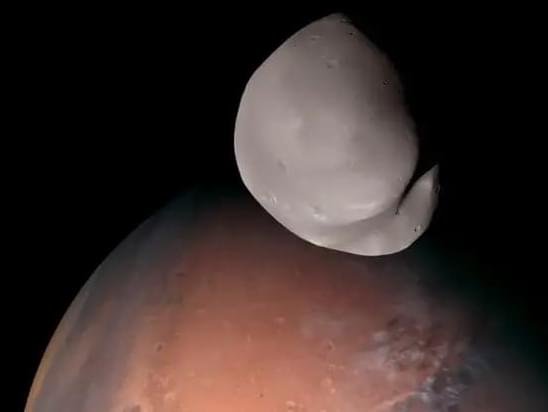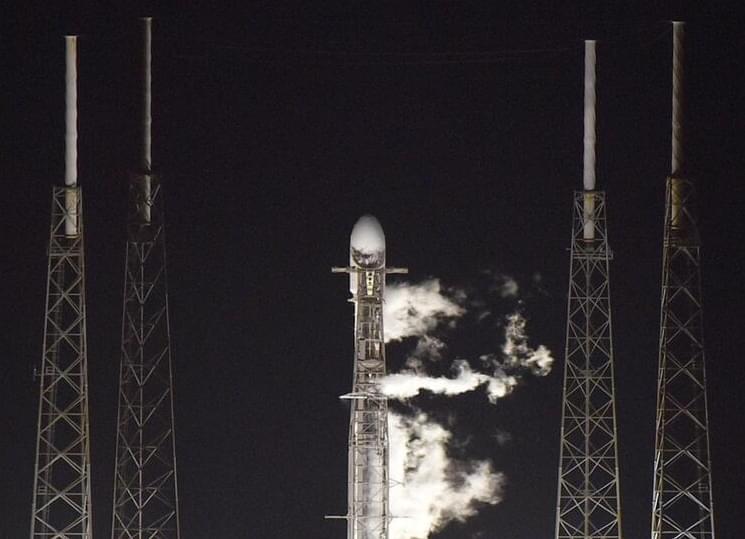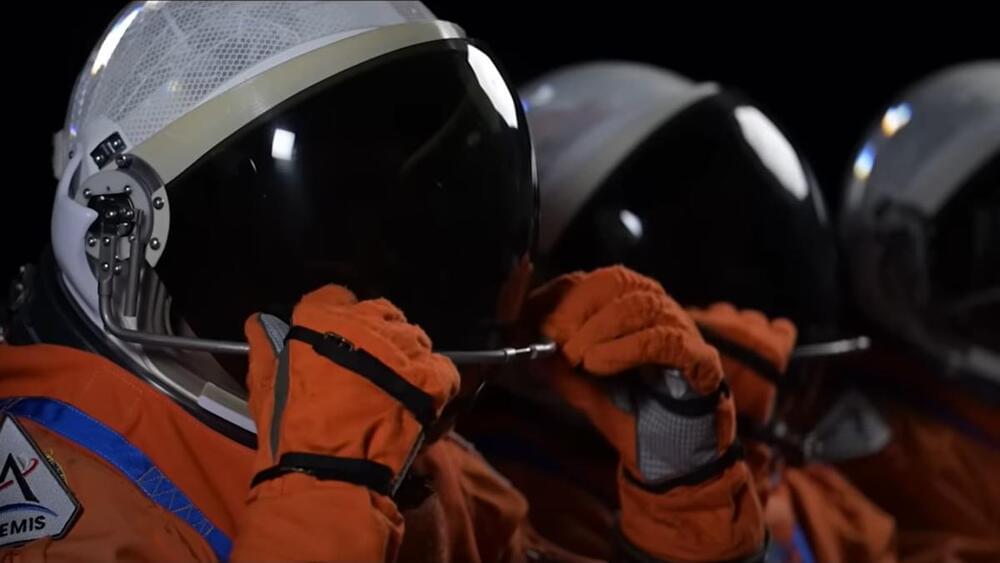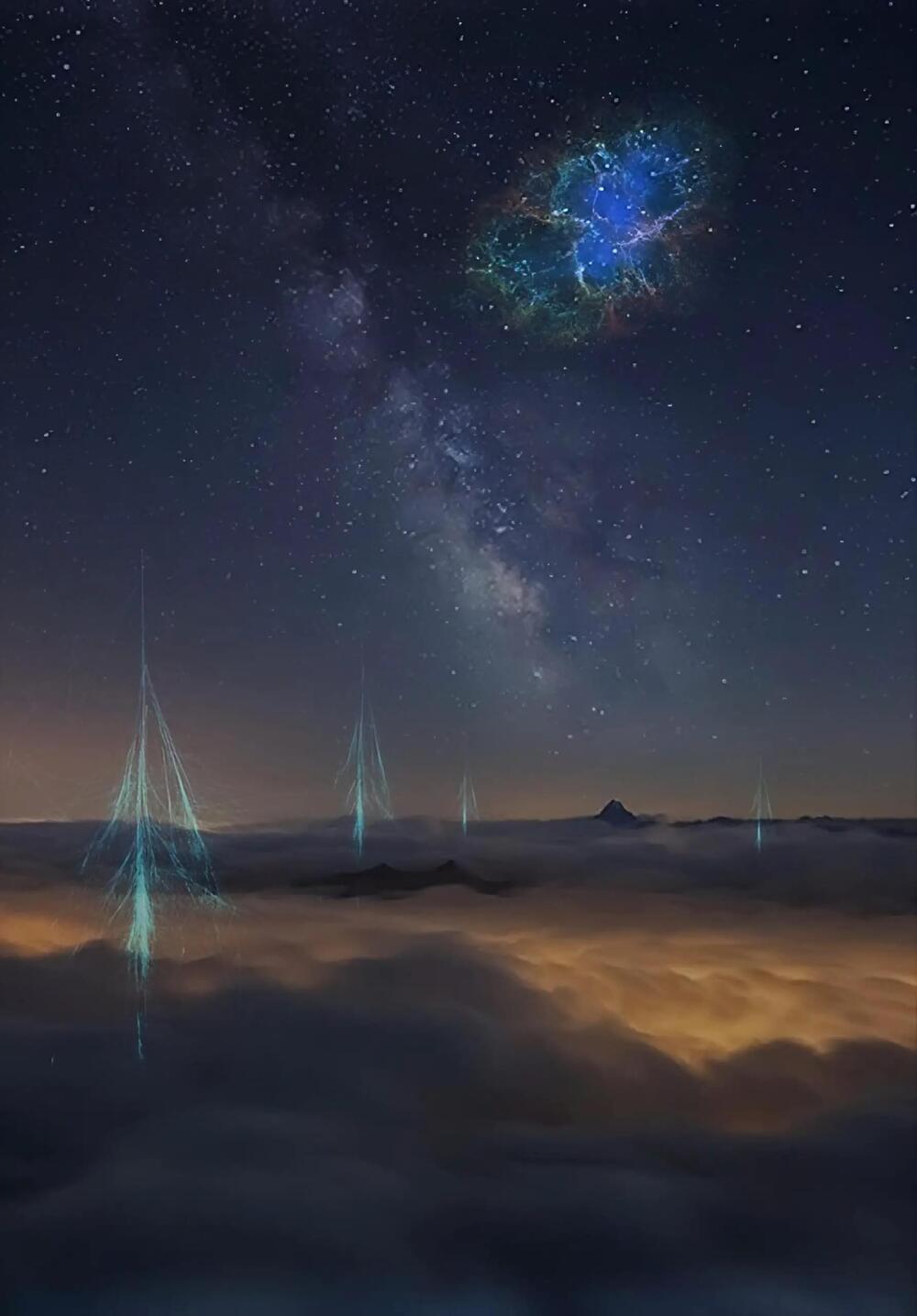Tesla received a large order for Model 3s from an Emirati taxi company, Arabia Taxi Dubai, helping the company to cut its carbon footprint.
Tesla’s retail consumer pressure is undeniably large. Still, the automaker has also grown in popularity in the commercial space, especially from customers looking to cut operating costs while reducing their carbon footprints. Predominantly, these orders have been coming from ride-hailing companies and car rental services. Now, a Dubai-based taxi company is also looking to capitalize on the cut-cutting opportunity.
According to the announcement from Arabia Taxi Dubai, it will buy 269 Tesla Model 3s to become part of its taxi fleet in the United Arab Emirates. Currently, Arabia Taxi advertises itself as the largest taxi fleet in Dubai and one of the largest in the country. With this new purchase, it looks to double down on that lead.
